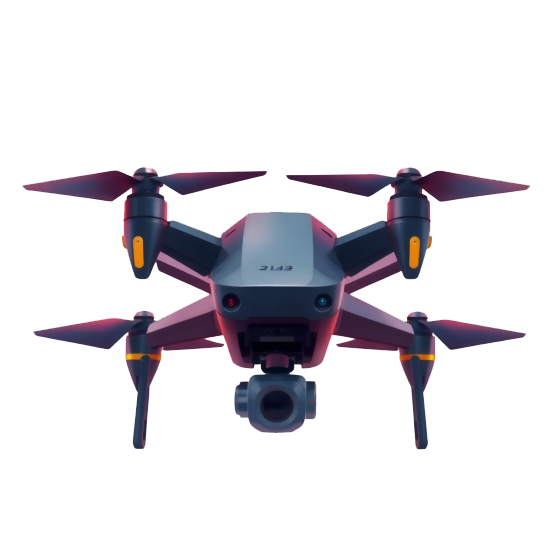The audemars piguet Replica watches online uk for men here are at affordable prices. All the collections are available.
How are we capable
Unleashing the Power of Aerial Drones by Harnessing Cutting-Edge Drone Technology

Enhanced Precision
Capture high-resolution images and data with pinpoint accuracy.

Increased Efficiency
Automate complex tasks, reducing costs and time investment.

Elevated Safety
Minimize human intervention in dangerous environments.
Basic Capabilities of Drones
Advanced Navigation
- GPS and inertial navigation systems
- Obstacle avoidance using LiDAR and AI
- Indoor and outdoor adaptability
Payload Versatility
- Cameras (thermal, infrared, RGB)
- Sensors (air quality, chemical detection)
- Packages for delivery
AI and Machine Learning
- Image and pattern recognition
- Predictive analytics for maintenance or logistics
- Autonomous decision-making
Communication and Integration
- Swarm coordination for multiple drones
- Integration with IoT and cloud systems
- Real-time data transmission
Extended Flight Time
- Energy-efficient motors and battery optimization
- Solar-powered or hybrid drones for long missions
Regulatory Compliance
- Geofencing to avoid restricted zones
- Integration of remote ID systems for tracking
Advanced Capabilities of Drones
LIDAR for Terrain Mapping & Obstacle Detection
Technical Equipment: LIDAR (Light Detection and Ranging) sensors
Capability: LIDAR enables drones to create 3D maps of terrain, detect obstacles, and penetrate foliage, making it ideal for search and rescue, archaeological surveys, and precision agriculture.
Infrared (IR) and Thermal Imaging for Heat Detection
Technical Equipment: Infrared and thermal cameras
Capability: Thermal imaging allows drones to detect heat signatures in low-visibility conditions, enhancing search and rescue efforts, border patrol, and wildlife monitoring, especially in night-time or smoke-filled environments.
5G Connectivity for Real-Time Data Transmission
Technical Equipment: 5G communication modules
Capability: With 5G networks, drones can transmit high-definition video and data streams in real-time, enabling instant analysis for news reporting, emergency response, and military reconnaissance.
AI-Driven Object Recognition and Tracking
Technical Equipment: AI-powered image processing units
Capability: AI enables drones to autonomously identify, track, and follow moving objects, making them invaluable for law enforcement, surveillance, and infrastructure inspections, with minimal human intervention.
Hyperspectral Imaging for Material and Vegetation Analysis
Technical Equipment: Hyperspectral cameras
Capability: Drones equipped with hyperspectral sensors analyze light across a wide range of wavelengths, useful in precision agriculture, mineral exploration, and environmental monitoring, allowing detailed insights into crop health or material composition.
Automated Flight and Route Planning with GPS and GNSS
Technical Equipment: GPS and GNSS (Global Navigation Satellite System) modules
Capability: Drones can autonomously plan and follow precise flight routes using satellite navigation, essential for autonomous delivery, infrastructure inspections, and agricultural spraying over large, predetermined areas.
Swarm Intelligence for Collaborative Operations
Technical Equipment: Swarm communication modules and AI algorithms
Capability: Swarm technology allows multiple drones to work in coordination for tasks like search and rescue, military operations, and large-scale surveillance, where synchronized coverage is crucial.
Edge Computing for Onboard Data Processing
Technical Equipment: Edge computing units (powerful onboard processors)
Capability: With edge computing, drones can process data locally, reducing latency and dependence on external servers. This is critical for real-time tasks like aerial inspections, wildfire monitoring, or disaster response, where immediate decisions are required.
Collision Avoidance with Ultrasonic and Radar Sensors
Technical Equipment: Ultrasonic sensors and radar systems
Capability: Drones can autonomously detect and avoid obstacles using ultrasonic and radar technology, enhancing safety in complex environments such as urban delivery, construction site monitoring, or military surveillance.
Autonomous Charging and Docking Stations for Continuous Operations
Technical Equipment: Automated drone docking and charging stations
Capability: Autonomous drones can land, recharge, and relaunch without human intervention, ensuring continuous operation in applications like infrastructure surveillance, border patrol, or agricultural monitoring over long periods.





